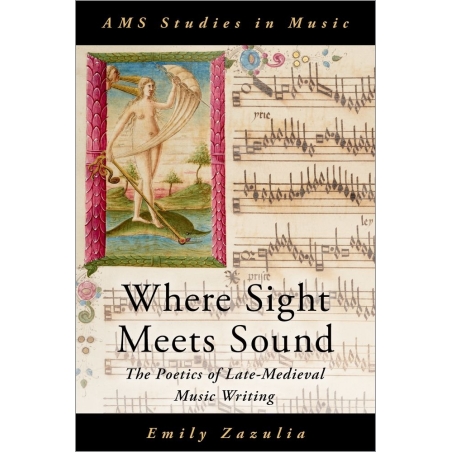Late-medieval composers delighted in complicating the relationship between their music's written and sung forms, often tasking singers with reading their music in unusual ways-from slowing down a melodic line, to turning it backwards or upside down, even omitting certain notes or rests. These manipulations increasingly yielded music that was aurally all but unrecognizable as a derivative of the notated original. This book uses these unorthodox applications of notation to understand how late-medieval composers thought about the tool of musical notation. It argues that these compositions foreground notation in ways that resonate with discourses about media and technology today.
CONTENTS
List of Figures
List of Musical Examples
List of Tables
Abbreviations
Sigla of Manuscripts and Early Printed Music
Acknowledgments
Introduction Metaphors of Music Writing
Chapter 1: Shrinking Songs: Condensing Motet Tenors
Chapter 2: Before There Was Rhythm
Chapter 3: The Danger of False Exceptionalism
Chapter 4: Signs and Metasigns
Chapter 5: The Same, but Different
Chapter 6: Small Songs Made Big
Chapter 7: The Aesthetics of Transformation
Conclusion
Appendix 1 1 Kings 6, New King James Version (NKJV)
Appendix 2 Masses with Notationally Fixed Tenors
Bibliography
Index
| Series | AMS Studies in Music |
|---|




